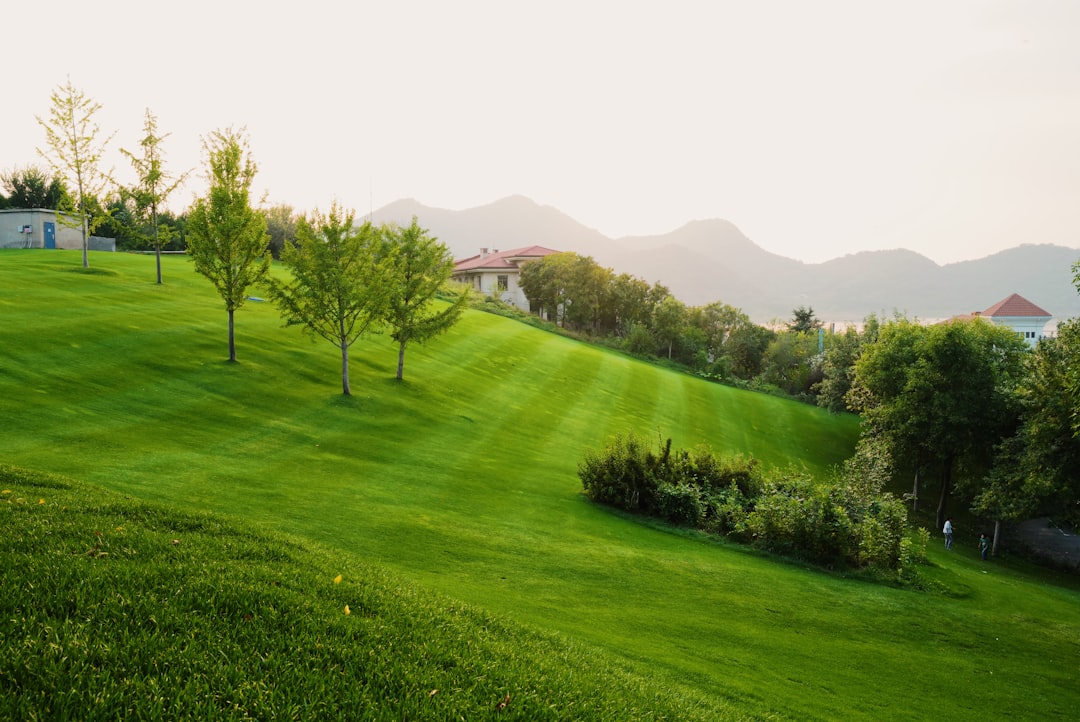Unleashing the Potential of Chickpea Cultivation: A Comprehensive Guide

Chickpeas, also known as garbanzo beans, are a versatile and nutritious legume that can be grown in both warm and cool climates. This guide will provide you with all the information you need to successfully grow chickpea plants, from planting to harvesting.
Choosing the Right Variety
There are two main types of chickpeas: desi and kabuli. Desi chickpeas have small, dark seeds and are commonly used in Indian and Middle Eastern cuisine. Kabuli chickpeas have larger, lighter-colored seeds and are more commonly used in Western cuisine. When choosing a variety, consider your climate and the intended use of the chickpeas.
Preparing the Soil
Chickpeas prefer well-drained, fertile soil with a pH between 6.0 and 7.5. Before planting, prepare the soil by tilling it to a depth of 8 to 10 inches and adding compost or well-rotted manure to improve the soil structure and fertility. You can also add a balanced fertilizer, such as 10-10-10, to provide the necessary nutrients for the plants.
Planting
Chickpeas can be planted directly in the garden or started indoors and transplanted later. If you live in a cool climate, it is best to start the seeds indoors 4 to 6 weeks before the last frost date. Sow the seeds 1 inch deep and 2 to 3 inches apart in a seed-starting tray filled with a well-draining potting mix. Keep the soil moist and warm, and the seeds should germinate within 7 to 10 days.
If you live in a warm climate, you can plant the seeds directly in the garden after the last frost date. Sow the seeds 1 inch deep and 2 to 3 inches apart in rows that are 18 to 24 inches apart. Water the seeds well after planting to ensure good soil contact.
Care
Chickpeas require regular watering, especially during the flowering and pod-forming stages. Water the plants deeply once or twice a week, depending on the weather conditions. Avoid overwatering, as this can lead to root rot.
Weeding is also important to prevent competition for nutrients and water. Use a hoe or hand weeder to remove weeds regularly, being careful not to damage the chickpea plants.
Chickpeas are nitrogen-fixing plants, which means they can convert atmospheric nitrogen into a form that can be used by the plants. However, they still benefit from a side dressing of nitrogen fertilizer, such as blood meal or fish emulsion, during the growing season. Apply the fertilizer according to the package instructions.
Pest and Disease Control
Chickpeas are relatively pest and disease-resistant, but they can be affected by a few common problems. Aphids, thrips, and leafhoppers can suck the sap from the plants, causing stunted growth and yellowing leaves. To control these pests, you can use insecticidal soap or neem oil. Apply the spray according to the package instructions.
Chickpeas can also be affected by fungal diseases, such as powdery mildew and rust. To prevent these diseases, make sure the plants have good air circulation and avoid overhead watering. If you notice any signs of disease, remove the affected leaves and treat the plants with a fungicide.
Harvesting
Chickpeas are ready to harvest when the pods are dry and brittle. This usually occurs 90 to 120 days after planting, depending on the variety and growing conditions. To harvest the chickpeas, cut the plants at the base and hang them upside down in a dry, well-ventilated area for a few weeks to allow the pods to dry completely.
Once the pods are dry, remove the chickpeas from the pods and store them in a cool, dry place. Chickpeas can be stored for up to a year if they are properly dried and stored.
Conclusion
Growing chickpeas is a rewarding experience that can provide you with a delicious and nutritious source of food. By following these tips, you can successfully grow chickpea plants in your garden, whether you live in a warm or cool climate. So, why not give it a try and see how easy it is to grow your own chickpeas?